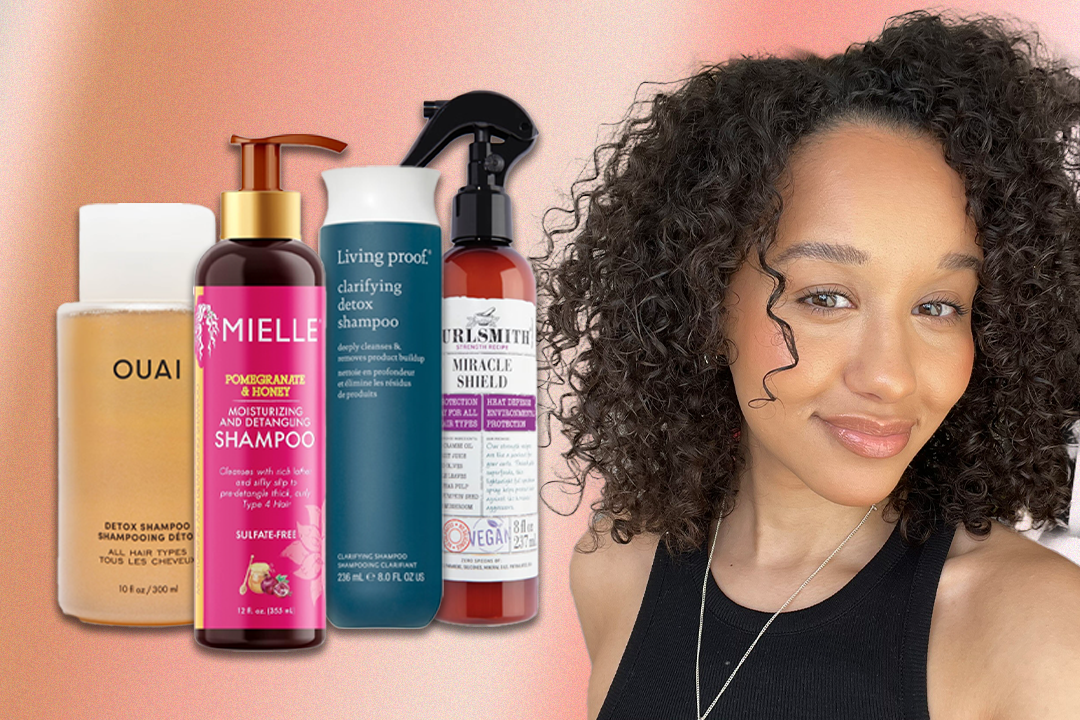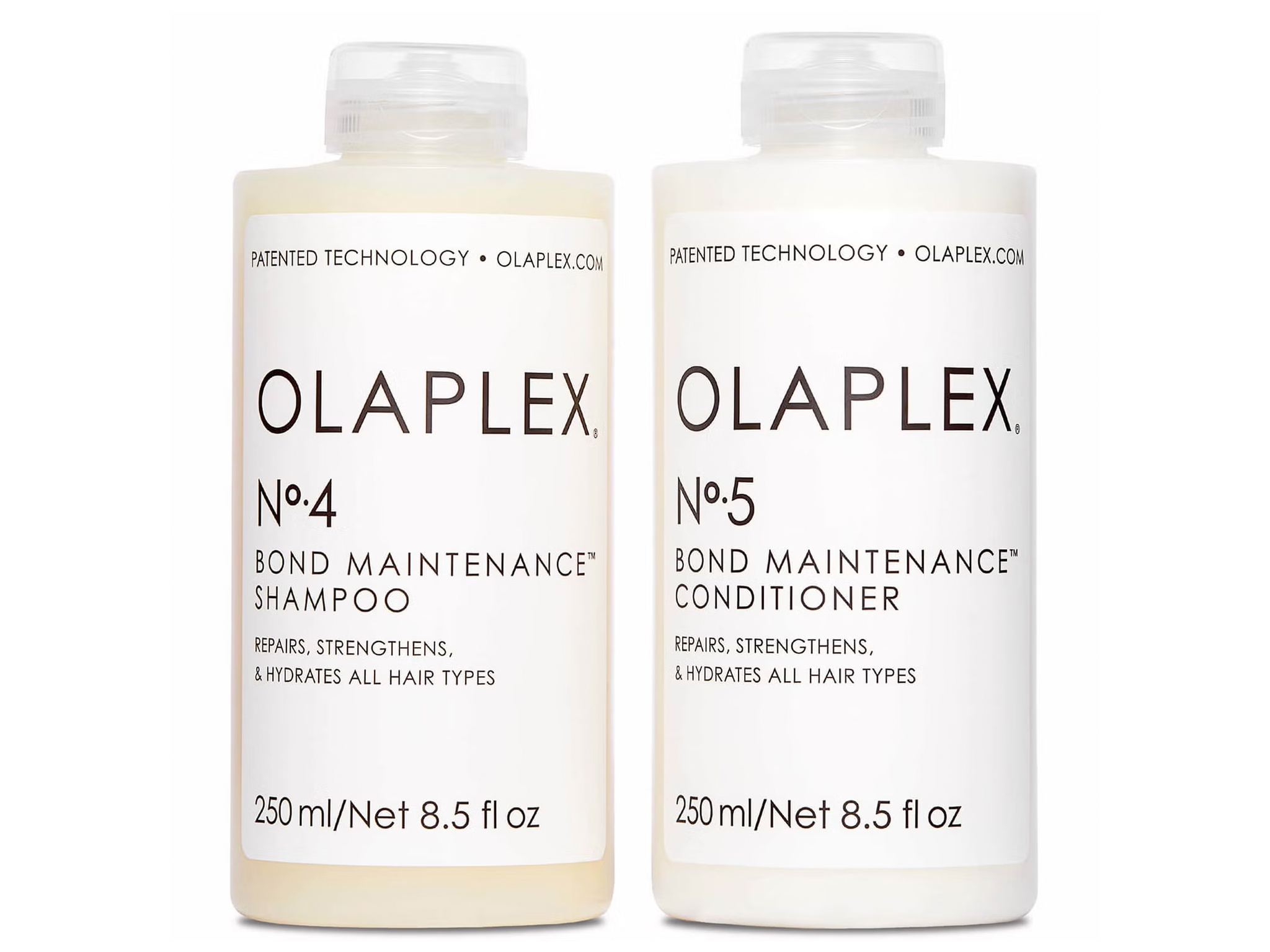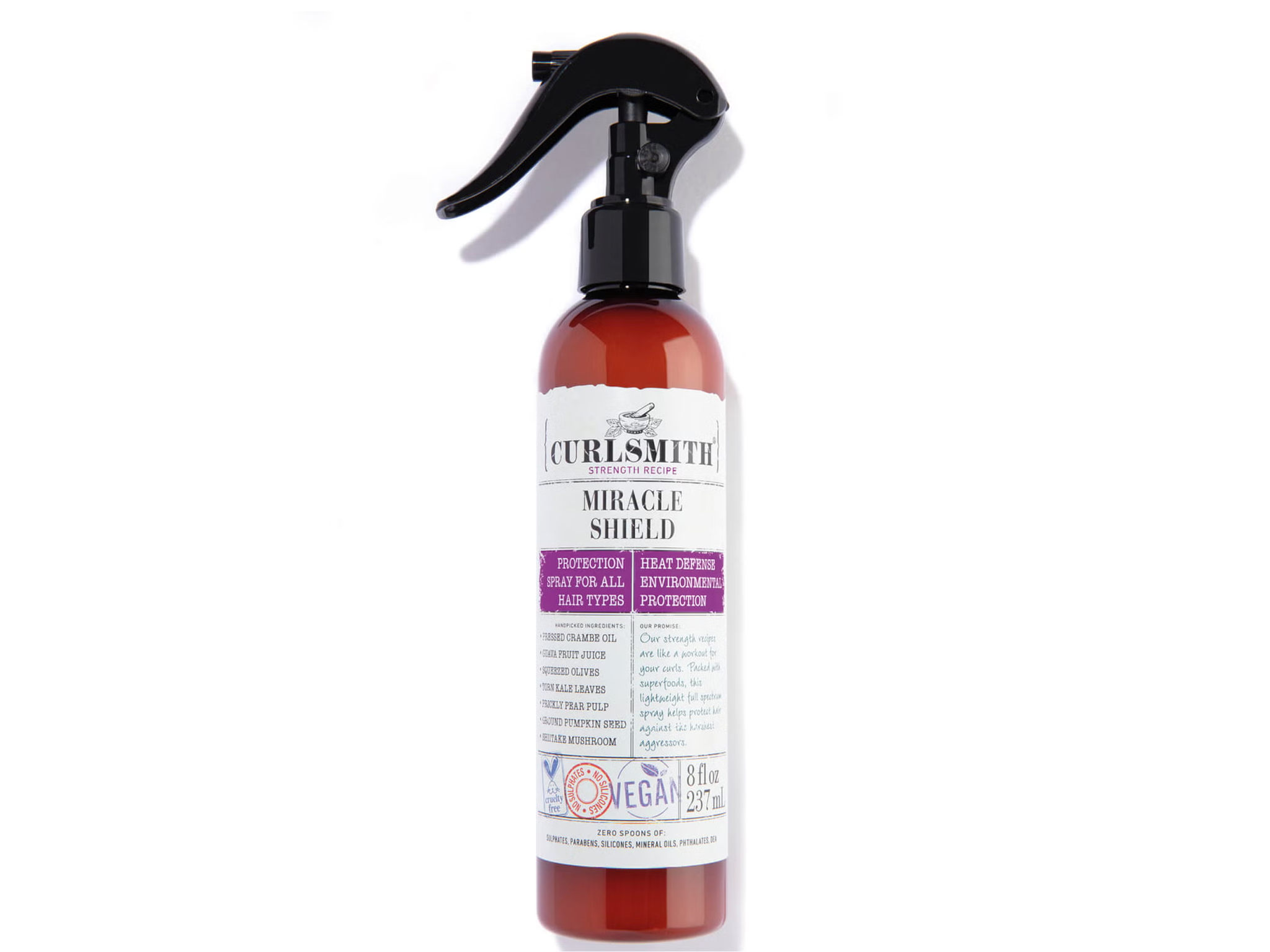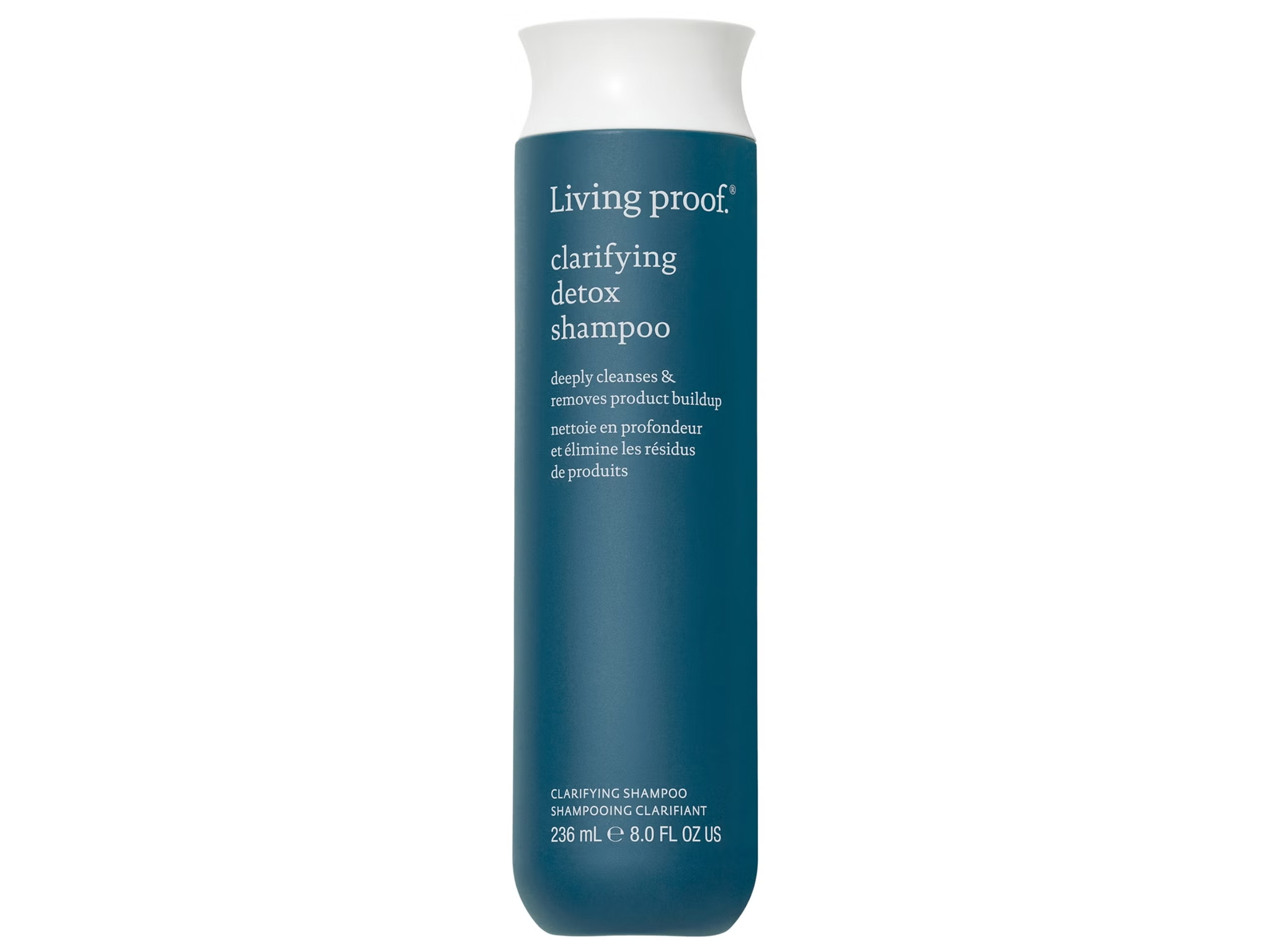The Independent's journalism is supported by our readers. When you purchase through links on our site, we may earn commission. Why trust us?
4 myths about curly hair, busted by the experts
Forget fake news, the experts weigh in on how to achieve your best curls, coils and waves yet

Your support helps us to tell the story
From reproductive rights to climate change to Big Tech, The Independent is on the ground when the story is developing. Whether it's investigating the financials of Elon Musk's pro-Trump PAC or producing our latest documentary, 'The A Word', which shines a light on the American women fighting for reproductive rights, we know how important it is to parse out the facts from the messaging.
At such a critical moment in US history, we need reporters on the ground. Your donation allows us to keep sending journalists to speak to both sides of the story.
The Independent is trusted by Americans across the entire political spectrum. And unlike many other quality news outlets, we choose not to lock Americans out of our reporting and analysis with paywalls. We believe quality journalism should be available to everyone, paid for by those who can afford it.
Your support makes all the difference.There are rarely clear-cut rights and wrongs regarding haircare – what works for one person may not work for another. Add to that certain pieces of frequently voiced advice or information that aren’t so factual, and finding the right haircare routine for you can be a bit of a minefield, particularly if you have curly or coily hair.
So, to help set you down the right path, I spoke to Shea Moisture’s Afro-textured hair specialist Jennie Roberts, and top celebrity curly hair stylist Nicola Harrowell, about the biggest curl myths they wish people didn’t believe. And, no, there won’t be any weighing in on whether eating your crusts makes your hair curly.
Keep scrolling to find out what’s fake news and what will actually help you get the locks of your dreams.
You shouldn’t wash curly hair – myth
Sorry to the devout followers of the ‘curly girl method’ but, after years of discourse around how shampooing curls is too stripping, there’s been a big swing back to cleansing your curls with more traditional shampoos. The frequency will depend on your hair type but, according to Roberts, consistent cleansing is essential for healthy locks. “This initial step is crucial for hydrating and purifying both the scalp and the strands. Contrary to popular belief, frequent shampooing isn’t harmful, as long as quality products are used. Sulphate- and silicone-free shampoos are my first choice for healthy hair and scalp,” she says.
Harrowell echoed that sentiment: “Not shampooing is lovely if you live in the rainforest and use aloe vera for styling your hair but, for polluted cities and those using a lot of product, it can create such a build-up of grease that the moisturising products then can’t do their job properly. You can get a build-up of product, too, leaving the hair frizzy and lank.” So as not to strip her hair from too much washing, Harrowell washes her hair when it feels dirty at the roots. In between wash days, she will rinse her hair with warm water before using a rinse-out conditioner.
Introducing a clarifying shampoo once or twice a month will also help remove build-up and allow your products to work their best. Harrowell recommends the Olaplex bond maintenance shampoo and conditioner (£56, Lookfantastic.com), while Roberts suggests SheaMoisture’s coconut and hibiscus curl shampoo and conditioner (£22.98, Amazon.co.uk). I’m also a fan of the Ouai detox shampoo (£28, Lookfantastic.com).

Curls have to be refreshed every day – myth
This is one that I’m guilty of. If I’m wearing my curls down, you can bet I’ve spritzed or splashed them wet that morning and topped up on product. According to Harrowell, properly setting them and sleeping with a bonnet on means no need to refresh for days: “After I have set my curls I get five days out of my wash day, this means less manipulation/styling, less heat and therefore less work.”
Thankfully, she shared just how she does it: “I set my hair by applying a heat protector and then a cream-based moisturiser. Then I usually use a foam as a styler before diffusing my hair. I find that the heat from the dryer sets my curls better than air drying.” Harrowell recommends trying the Curlsmith miracle shield with heat protector (£24, Lookfantastic.com) and the Jim + Henry very thick hair leave-in conditioner (£28, Jimandhenry.com).

Oil will hydrate your curls – myth
This is the big dog. The most pervasive hair mistake out there. Oils do not hydrate or moisturise. “Raw oils certainly have their place in textured haircare routines, but they shouldn’t be confused with moisture,” says Roberts, explaining: “Raw oils don’t hydrate our hair or scalp – hydration comes from water and high-quality hair products tailored to our hair’s needs. Using raw oils regularly can create a barrier – literally waterproofing hair – that prevents moisture absorption, leading to dryness and breakage.” On the flip side, that waterproof barrier can also lock moisture in when applied over hydrated hair, which is why oils are such a staple part of hair routines.
You could try scalp serums instead of scalp oils, as they’re less likely to block the follicle. Roberts says cleansing is essential for balancing the hydration: “If you’re using raw oils and finding that your hair is in a cycle of constant dryness, incorporating a regular cleansing routine, with hydrating shampoos and conditioners, will help break it. Consider using a clarifying shampoo to remove build-up and establish a routine of hydrating your hair every 7-10 days.”
I’d recommend trying Living Proof’s clarifying detox shampoo (£31, Lookfantastic.com) or the Mielle pomegranate and honey moisturising and detangling shampoo (£11.99, Amazon.co.uk).

All braid styles protect your hair – myth
This will be a tough one to hear for a lot of curly and coily girls. Though braids, twists and locs have come to be known as ‘protective styles’, and do help protect your strands, they come with a whole host of potential damage if too heavy, too tight, or left in too long.
“I know down-to-the-booty braids look beautiful but if they are done too often or left in for too long they can cause alopecia and breakage, especially in the front (edges),” says Harrowell. She explains how this is affected by your hair length and texture, too: “If your hair is already short and fine, adding such a dramatic change to weight can really cause some damage.”
She advises not to leave styles in more than a few weeks and to take breaks between. To make styles less straining, she suggests using less hair around the hairline, to make it lighter on the delicate area, as well as trying shorter styles.
So, there we have it, if you already knew all these myths weren’t true, kudos to you.... now, what about those crusts?
For more haircare must-haves, check out our pick of the best anti-frizz hair products